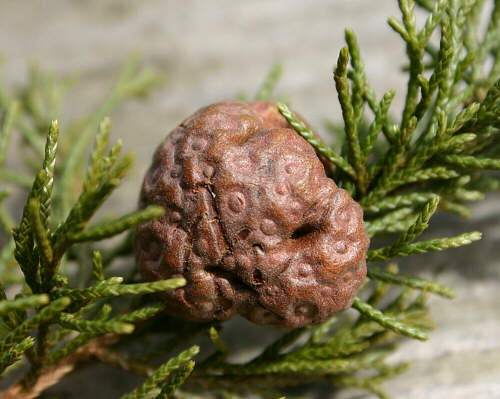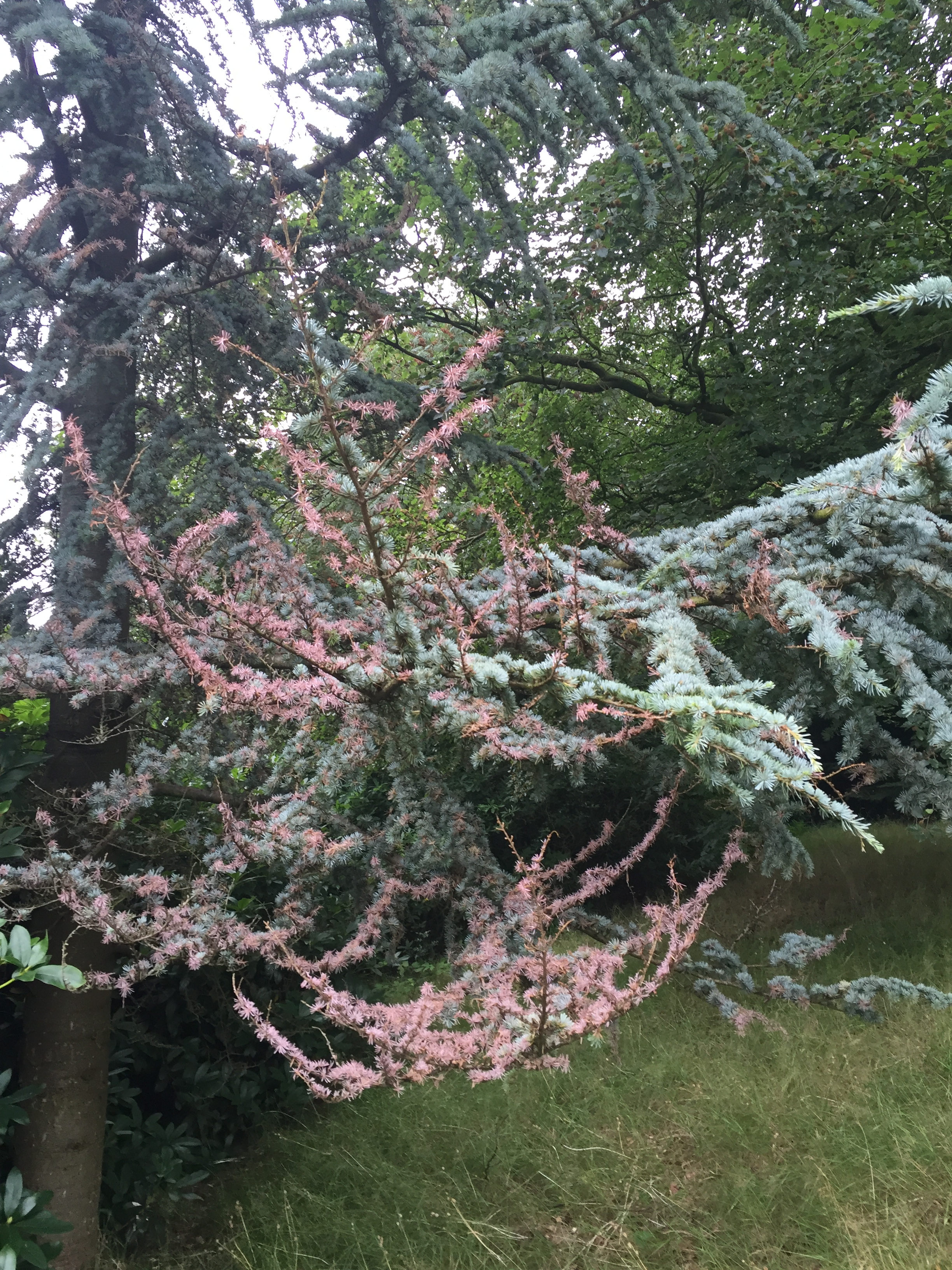cedar tree disease identification
There is no cure for Armillaria. Cedar Apple Rust is a fungal infection that could harm your apple trees if left untreated.
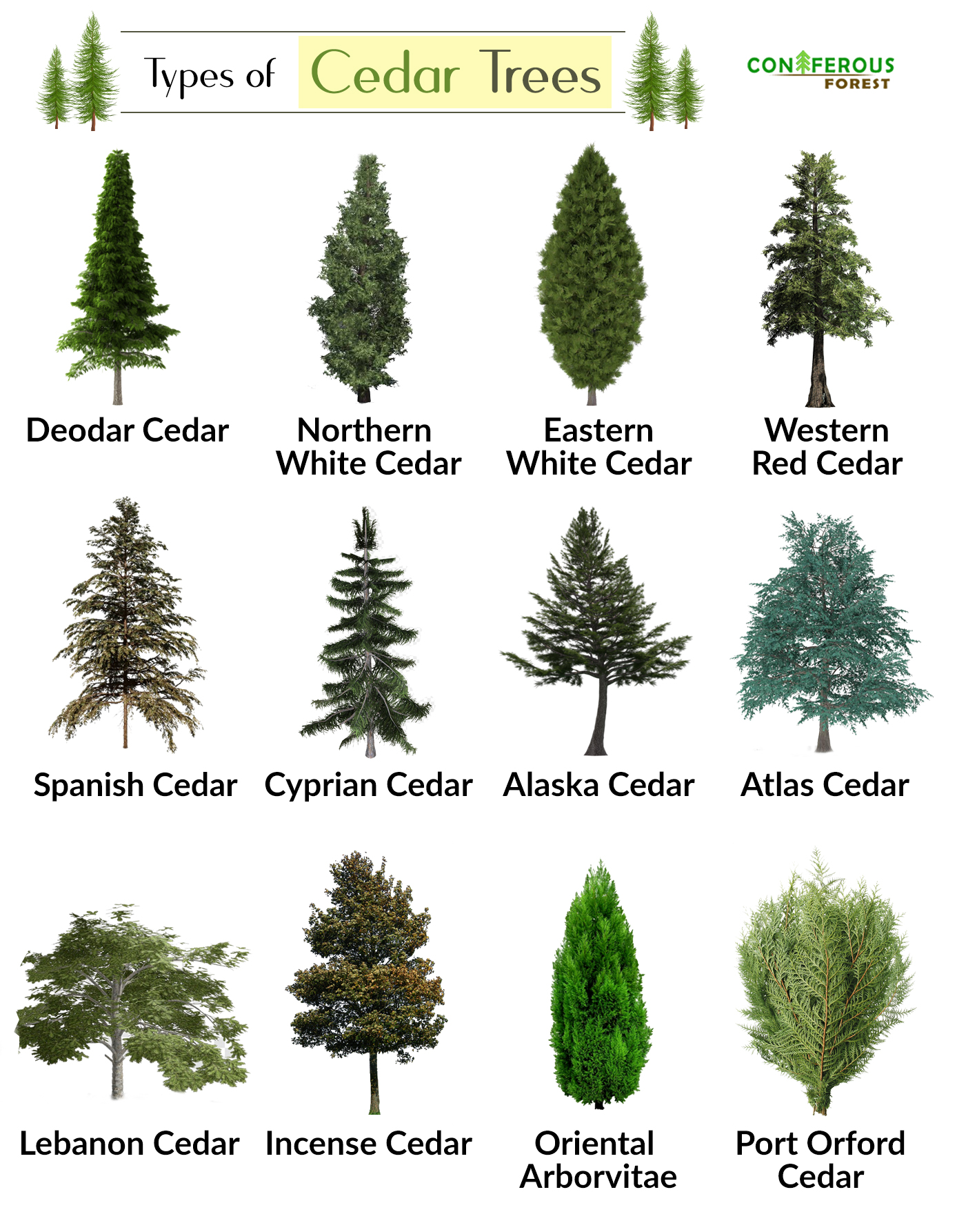
Cedar Tree Facts Types Identification Diseases Pictures
Cyprian cedar has grayish-brown bark that fissures as the tree matures.

. Cedar Tree Identification. In a landscape eastern red cedars have a recognizable pyramidal crown and trees typically mature at around 50 ft. Clumps of small needles arranged spirally on short and woody stems identify the Cyprian cedar.
This tree needs lots and lots of space to grow as it spreads itself over a vast area. This often indicates that the tree has a canker disease or root rot which causes infected branches and bark to become discolored. Cedar can be affected by Sirococcus blight of cedar.
Cherry Prunus species Asian longhorn beetle citrus longhorn beetle. Fans of white fungal mycelium can be found under the bark at the base of dead trees and in the roots. Cedar rusting is also commonly known as Cedar apple rust and is found on most rosaceous plant varieties.
You can identify this cedar by its horizontal branches. The disease progresses slowly up the tree resulting in. Suddenly many if not most of our cedar trees are having portions of branches die and turn brown.
Armillaria root rot is sometimes found in cedar hedges. Black strings called rhizomorphs spread the fungus from one tree to another. Citrus trees Citrus.
Early signs of this disease on cedar trees include swollen areas called galls forming on the branches. Sometimes secondary insects or diseases are found but drought is the root cause. Cedar of Lebanon Cedrus libani.
This fungal disease of apple crabapple various junipers and Eastern red cedar is caused by several species of GymnosporangiumThe disease not only affects Juniperus species including Eastern red cedar Juniperus virginiana but requires an alternate host plant most commonly apple or crabapple to complete its life cycleThis disease spreads from. Examine your cedar tree for sunken or decaying areas. It is actually from several fungi in the genus Gymnosporangium.
The eastern red cedar is identified by its dark green or bluish-green needle-like leafy sprays abundant blue edible berries and small rounded brown seeds. Western redcedars can be distinguished from other cedars by their erect egg shaped cones and the butterfly shaped bloom on the underside of leaves. Cedar rust gall Cedar-apple rust.
Disease occurs occasionally on Chinese juniper J. It belongs to the Cedrus genus of the Pinaceae family. Brown Patch a Fungal Disease.
The causal fungus remains within the tissues of the cedar tree for many years after infection. Cedar Tree Facts Types Identification Diseases Pictures The cedar of Lebanon also known as Lebanon cedar is a species of tall coniferous trees characterized by large irregularly shaped heads with spreading branches. Its a serious disease caused by the fungus Sirococcus tsugae.
Eastern Red Cedar Varieties. Disease is most common on Eastern red cedar Juniperus virginiana and Rocky Mountain juniper J. This disease causes leaves to turn orange or form rust-colored spots on the surface.
It is a unique disease because it needs two host plants to complete its life cycle both cedar and apple trees. Cedar tree disease identification 432215 Asked October 20 2017 510 PM EDT In and near our private property just outside Foster Sweet Home area Oregon we have noticed something dramatic and new this fall. Disease Identification Cedar incense rust is a common cause of cedar tree death.
Gel-like orange growths frequently sprout from these galls. The needles of affected trees turn pink and drop off their shoots die and they ooze a gum-like fluid. Cedar Cedrus species Pinewood nematode Sirococcus blight.
At the top of the list of fungal diseases we deal with on a regular basis is Rhizoctonia aka Brown Patch. Concern Summary Unfortunately many reports of dieback have been noted during the past few years ranging from Oregon to British Columbia see below. A fungal disease cedar incense rust may produce light symptoms or it may cause the tree to appear sick for many years.
In fall round woody galls can be found on twigs and small branches. Cedar Apple Rust. It was first found in England in 2013 and has since been confirmed in Wales and Scotland.
It is caused by the pathogen gymnosporangium juniperi-vinginianae. How To Identify Cedar Apple Rust You can identify cedar apple rust by the lesions it causes on branches and fruit. Getting a proper identification of the pathogen or insect found on the plant allows the grower to determine if the pest is a drought opportunist or a primary host attacker.
16 rows Diseases Pests Seiridium canker keithia blight cedar apple rust or orange ball fungus. Similar to apple scab some species of rosaceous plants may prove more immune than others. Cuppressi is most commonly found in Florida and S.
Chinensis creeping juniper and low juniper J. This tree is a member of the Juniper family and takes up a pyramid shape while growing. Eastern Red Cedar Tree Identification.
You will often find it categorized under foliar tree diseases. During the moderate-to-cool temperatures of spring and fall Brown Patch becomes active and attacks the grass blades of mainly St. Pest or disease names.
The fungus lives part of its two-year life cycle on cedar trees. Scientific name of causal agent - Sirococcus tsugae Sirococcus blight is a disease of cedar and hemlock trees trees in the Cedrus and Tsuga genera respectively. There is not much to be done for trees that have turned entirely brown - they will not recover.
Asked September 12 2016 846 PM EDT. Unicorne is predominantly in the southeastern United States. Cedar trees have a number of pest and problems to be aware of from abiotic disorders to insects and diseases.
It also requires full to partial sunlight for. All species show similar disease symptoms and cause the same damage to cedar. Cedar tree disease 362108.
Branches turn brown often starting on one side of the tree. This trees unique feature is that its cones are shaped as berries that the Easter cedar wings love to eat. Its cones emerge as green before turning to light brown as they mature.
It gets its name due to the fact that it usually infects cedar trees though it can also affect juniper and other related trees. Cedar-apple rust Gymnosporangium juniperi-virginianae is a fungal disease that requires two different host trees to complete its life cycle.
Cedar Tree Disease Identification 432215 Ask Extension
Cedar Tree Disease Identification 432215 Ask Extension

Cedar Western Red Thuja Plicata Leaf Blight Keithia Blight Pacific Northwest Pest Management Handbooks

Cedar Western Red Thuja Plicata Leaf Blight Keithia Blight Pacific Northwest Pest Management Handbooks
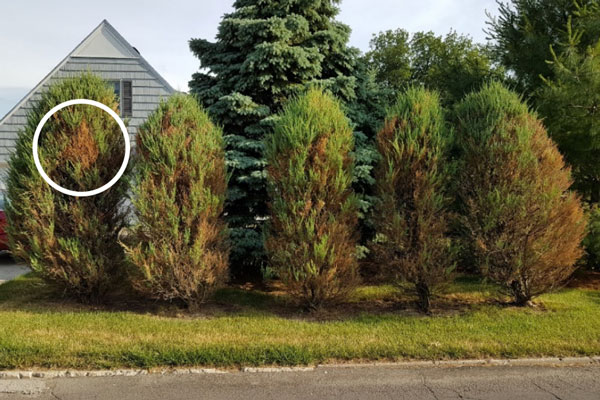
Cedar Quince Rust Missouri Environment And Garden News Article Integrated Pest Management University Of Missouri

Western Redcedar Dieback Ppo Home Washington State University

Cedar Incense Branch Canker Pacific Northwest Pest Management Handbooks

3 Diseases That Can Impact The Health Of Cedar Hedges In Chilliwack
Cedar Tree Blight 587542 Ask Extension
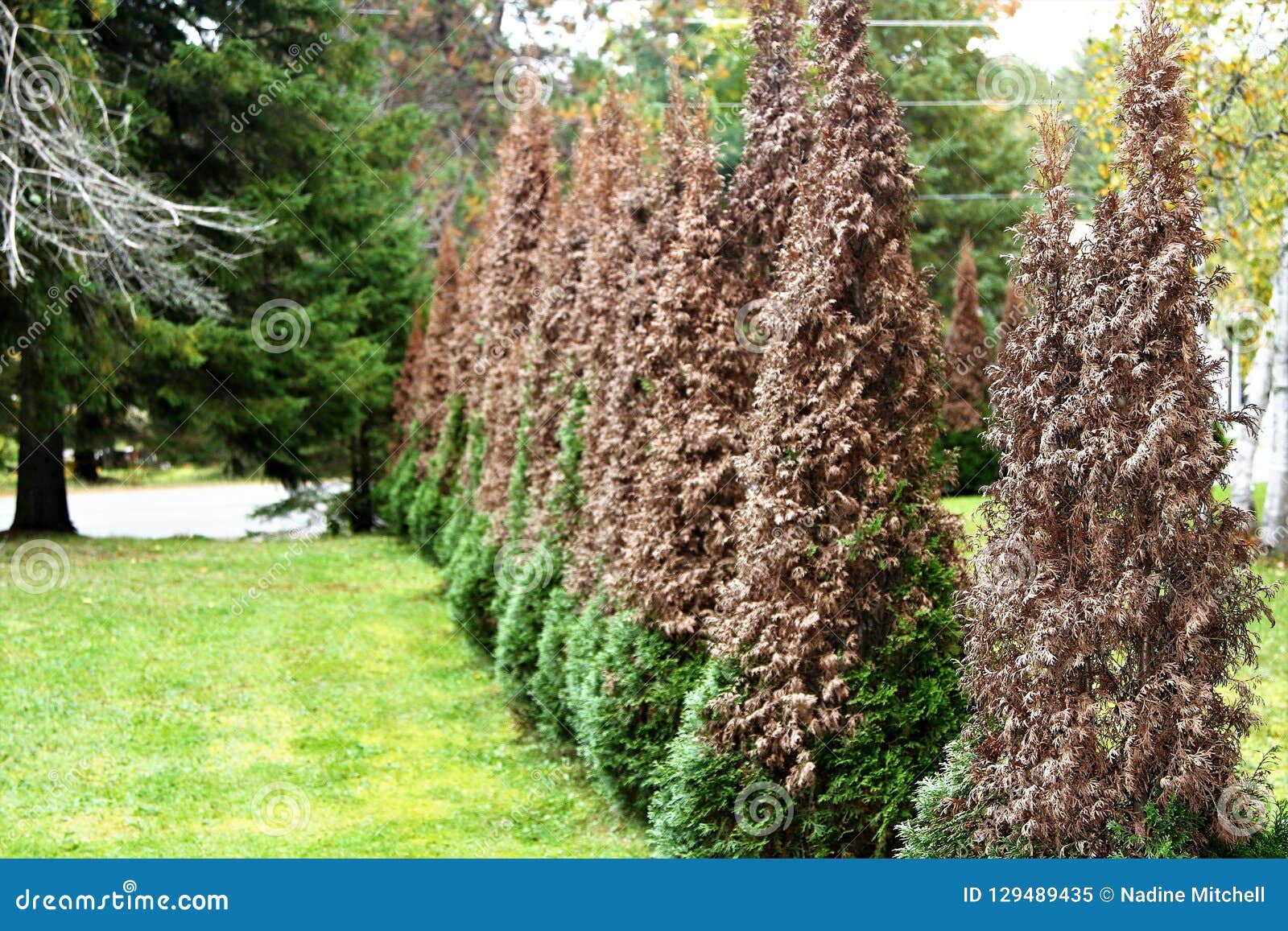
Cedar Trees Turned Partially Brown Stock Image Image Of Disease Leaves 129489435

Common Problems With Western Red Cedars Inexpensive Tree Care

Port Orford Cedar Root Disease Forest Pathology
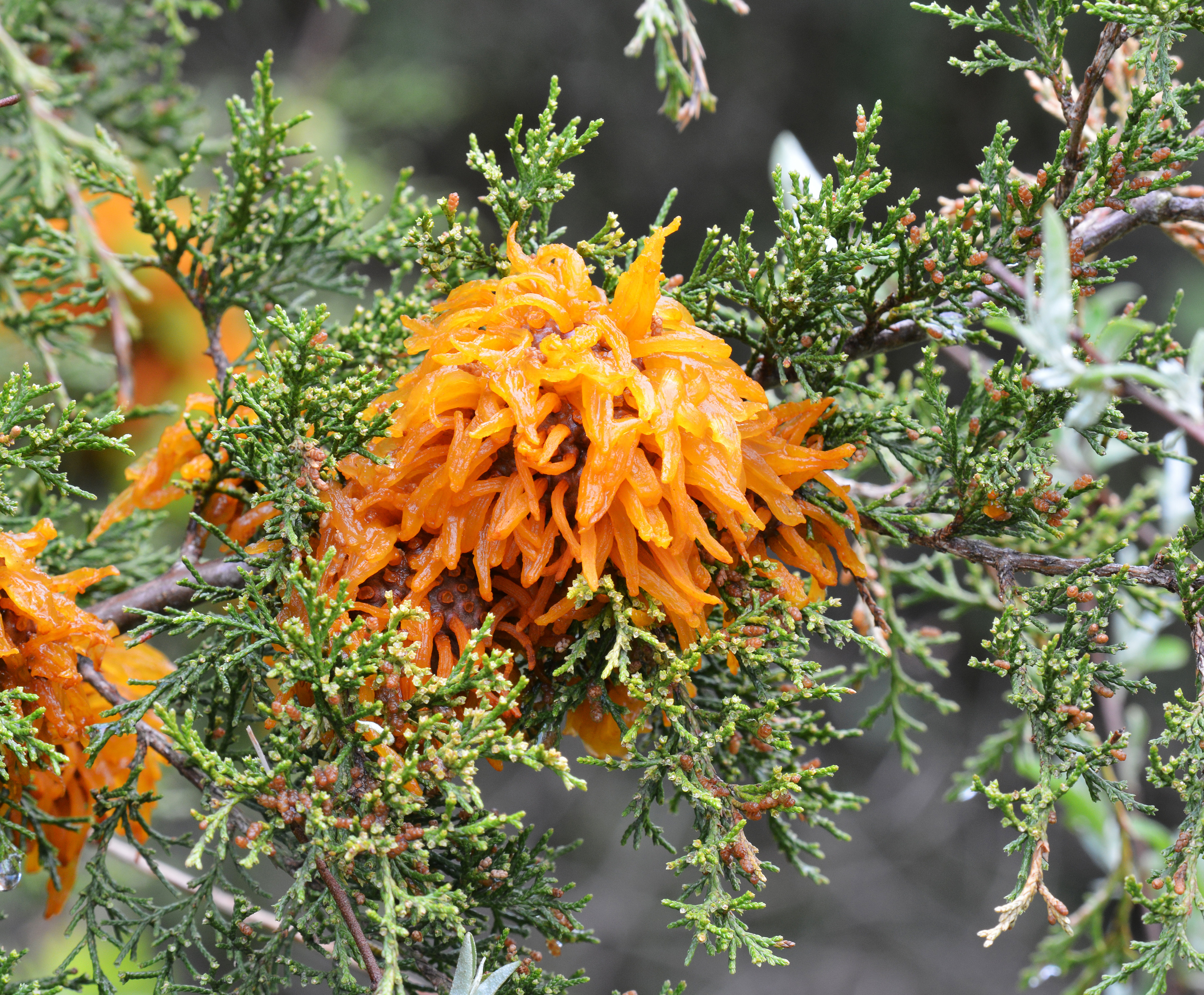
5 Common Tree Diseases How To Protect Your Trees

Cedar Apple Rust A Tale Of A Fungal Disease With Two Hosts Msu Extension
